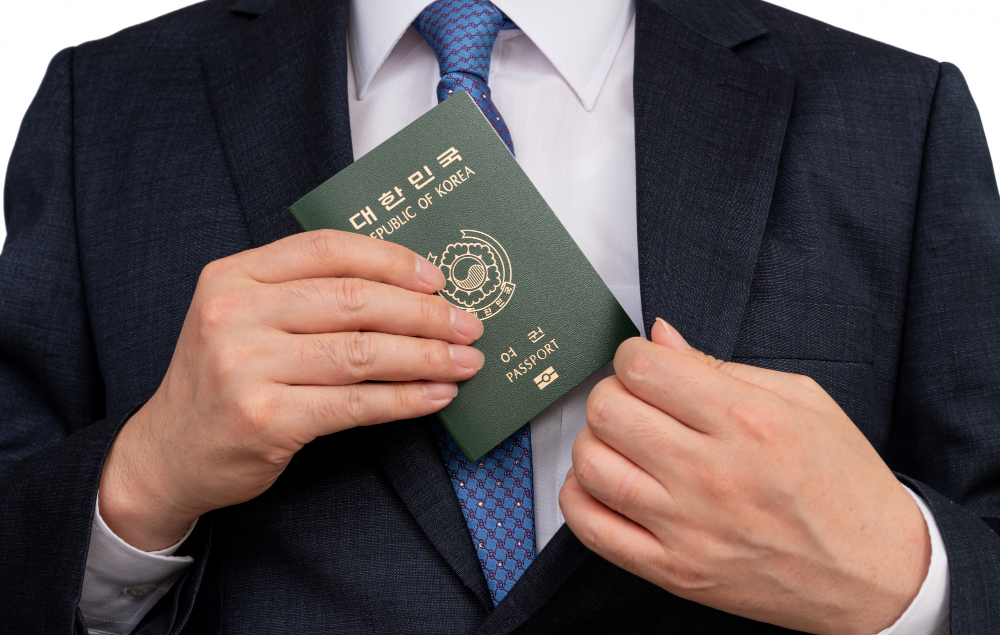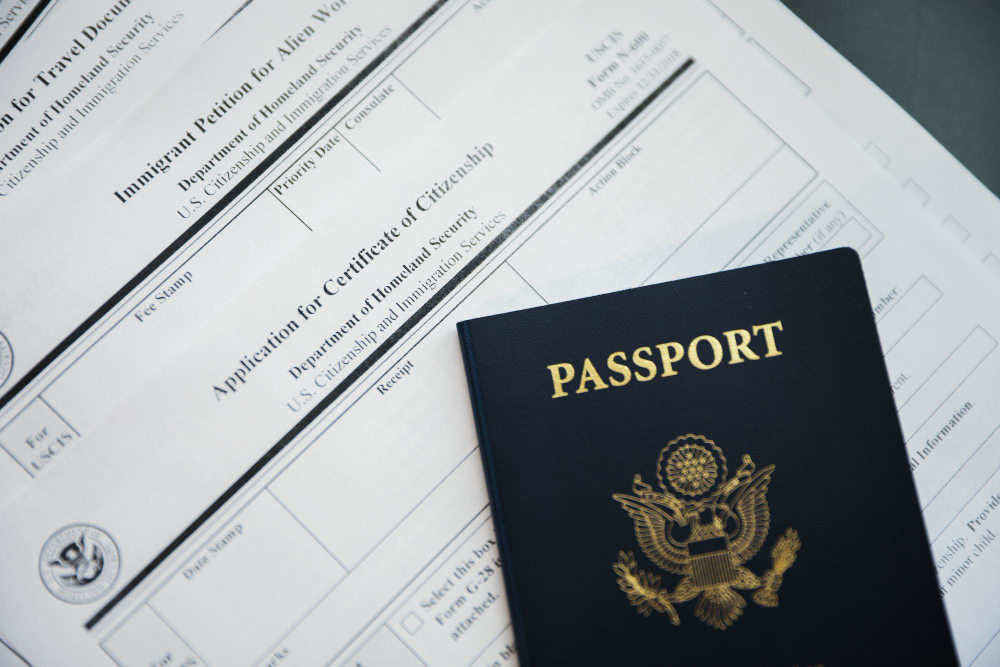Exploring Korea’s UNESCO World Heritage Sites
KETA allows travelers to explore Korea’s rich cultural heritage, including its UNESCO World Heritage Sites, which showcase the country’s history, architecture, and traditions. From ancient palaces to breathtaking natural landscapes, these sites are must-visit destinations for history and culture enthusiasts. Here are some of the most remarkable UNESCO World Heritage Sites in Korea.
1. Changdeokgung Palace
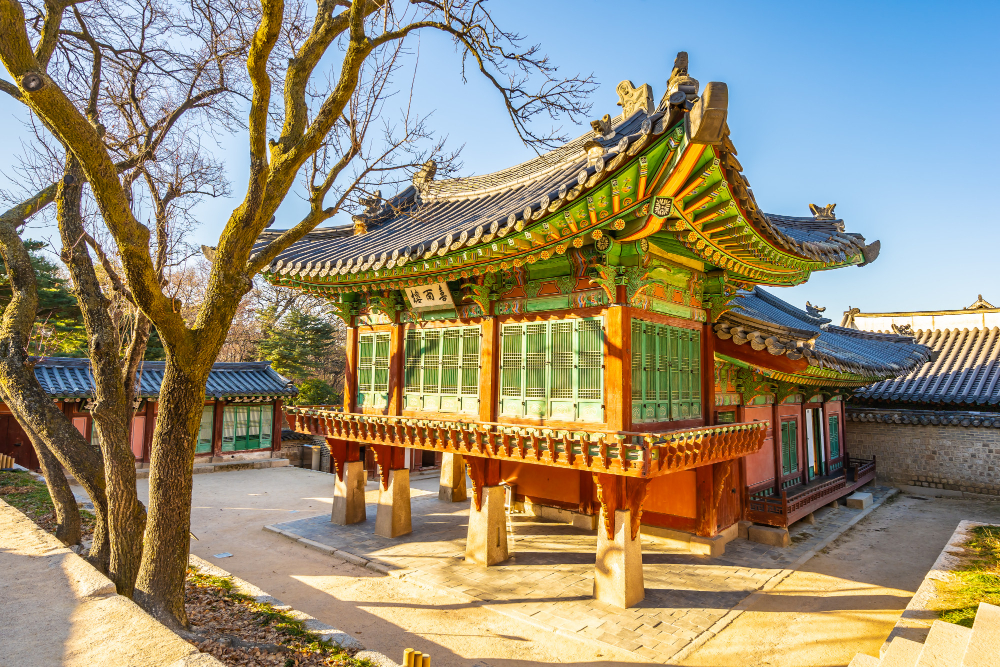
One of Korea’s most beautiful palaces, Changdeokgung is renowned for its seamless integration with nature.
It features the stunning Secret Garden, a tranquil space where visitors can experience Korea’s traditional landscapes.
UNESCO Recognition: Designated in 1997 for its exceptional architectural design that harmonizes with the surrounding environment.
2. Bulguksa Temple and Seokguram Grotto
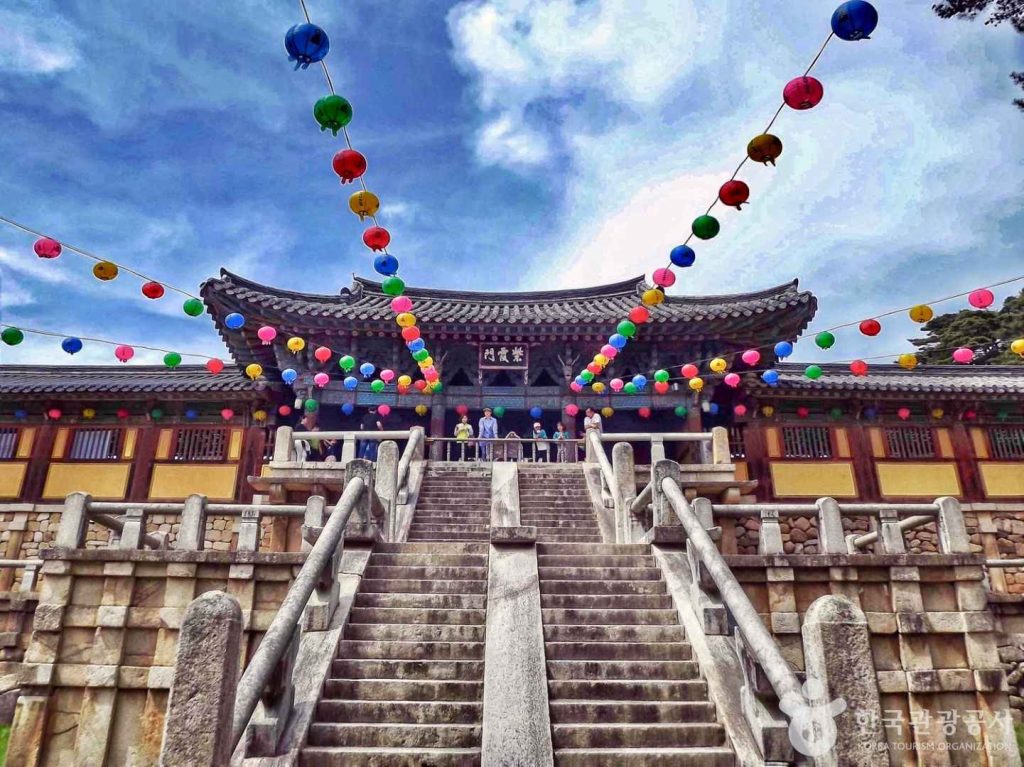
[ⓒ한국관광공사 포토코리아-Ishizu, Kaori]
These two Buddhist sites exemplify Korea’s ancient spiritual and artistic achievements.
Bulguksa Temple is home to intricately designed pagodas and stunning carvings, while Seokguram Grotto houses a magnificent Buddha statue.
UNESCO Recognition: Inscribed in 1995 for their profound historical and religious significance.
3. Hahoe and Yangdong Folk Villages
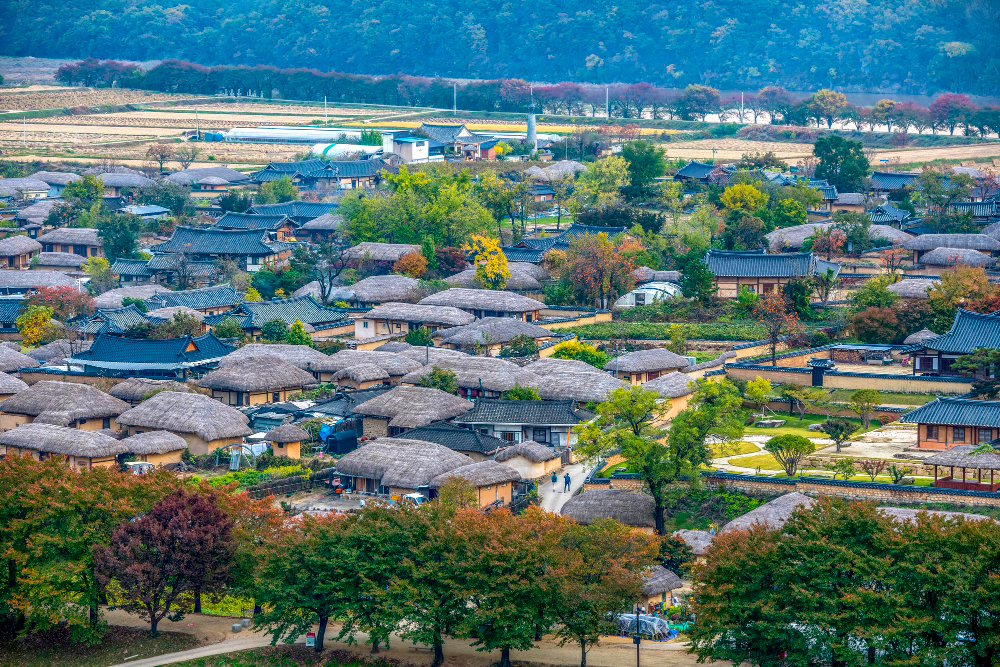
These traditional villages offer an authentic glimpse into Korea’s Confucian culture and rural lifestyle. Visitors can explore well-preserved Hanok houses and enjoy traditional performances.
UNESCO Recognition: Recognized in 2010 for their cultural importance and outstanding preservation.
4. Jeju Volcanic Island and Lava Tubes

[ⓒ한국관광공사 포토코리아-김지호]
A natural UNESCO site, Jeju Island’s volcanic formations and unique geological features make it a remarkable destination. The island boasts breathtaking lava tubes, Hallasan Mountain, and picturesque coastlines.
UNESCO Recognition: Designated in 2007 for its exceptional geological significance.
5. Hwaseong Fortress

[ⓒ한국관광공사 포토코리아-김지호]
This 18th-century fortress in Suwon demonstrates Korea’s military innovation and strategic design. The fortress walls feature scenic walking paths and significant historical landmarks.
UNESCO Recognition: Listed in 1997 for its advanced construction techniques that integrate both Eastern and Western military designs.
Discover Korea’s UNESCO Treasures!
Korea’s UNESCO World Heritage Sites provide deep insights into the country’s cultural and natural wonders. If you’re planning a visit, be sure to apply for your KETA in advance. You can conveniently submit your application through ETAPORTAL, where you can also find detailed information on these incredible heritage sites and plan your journey.




